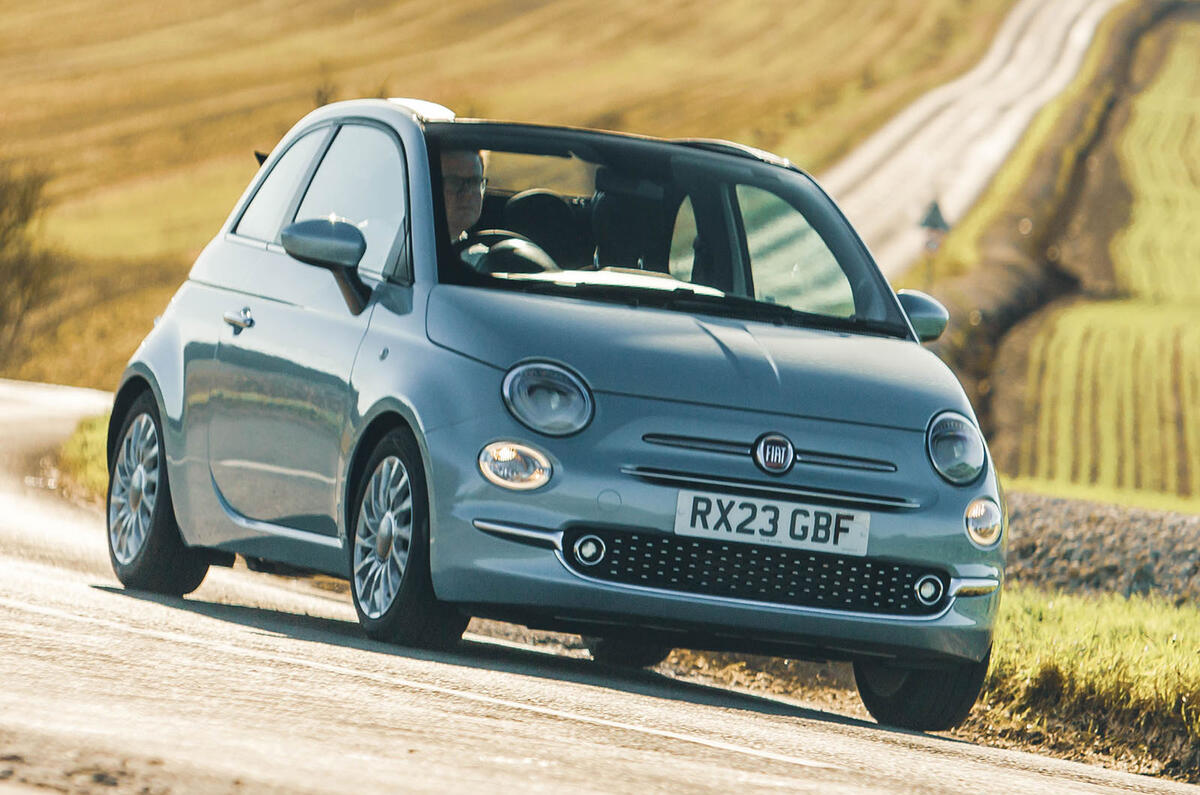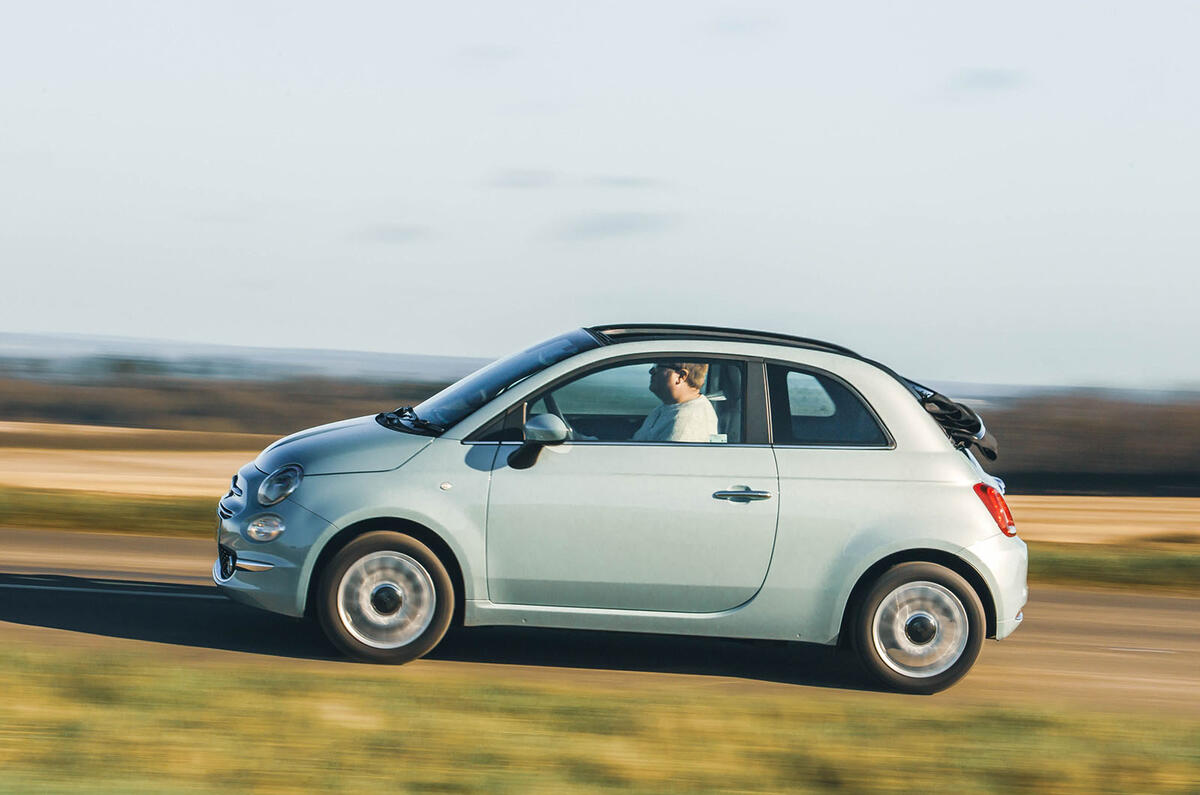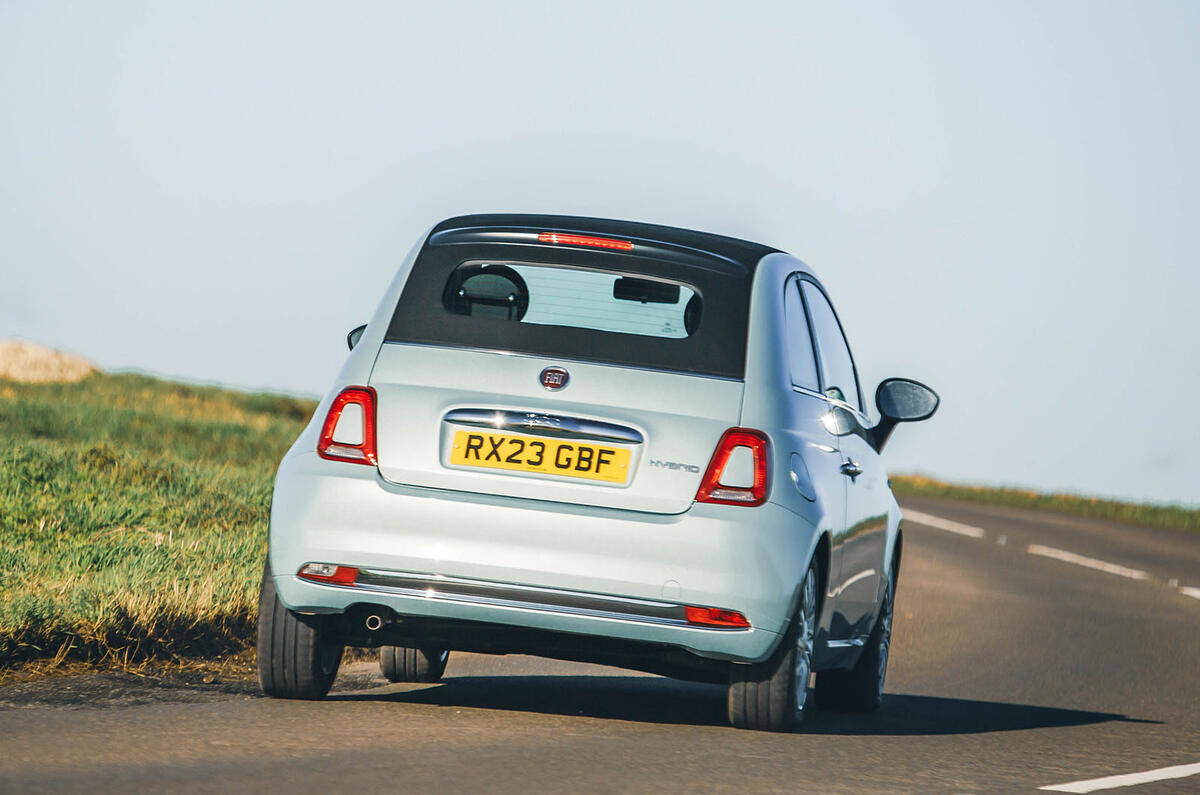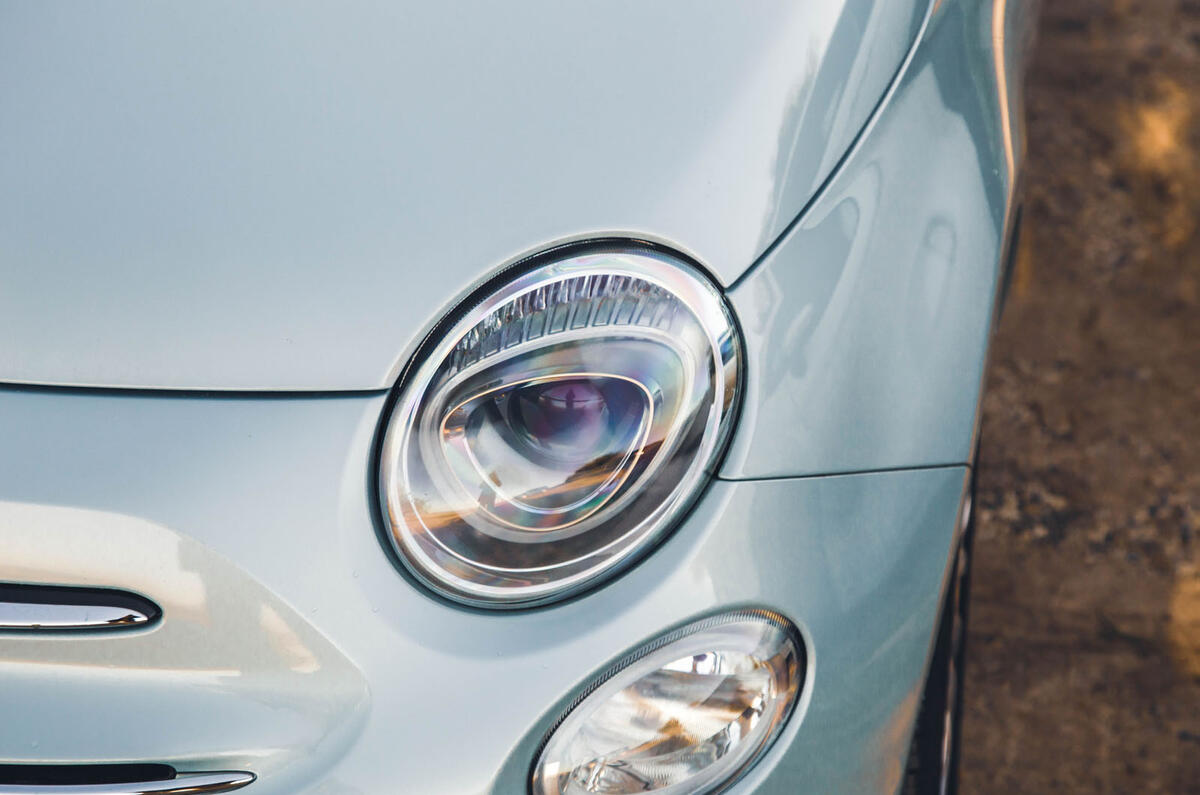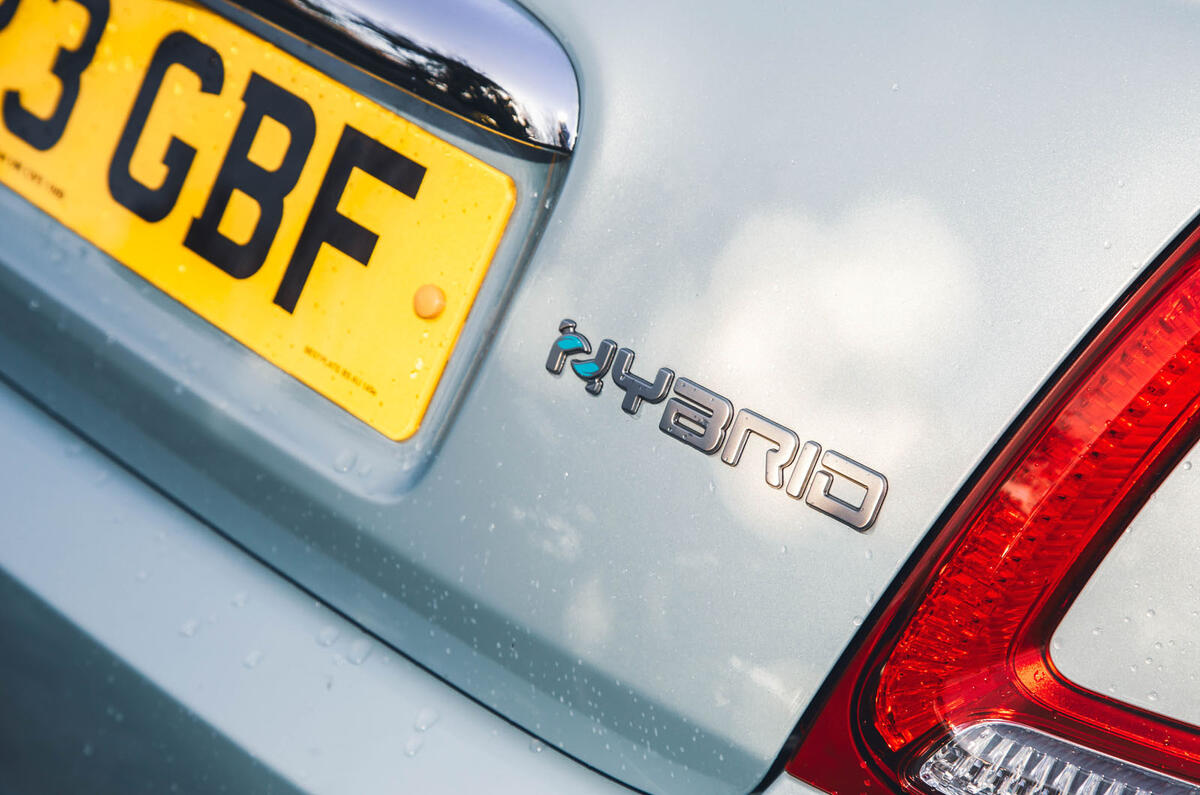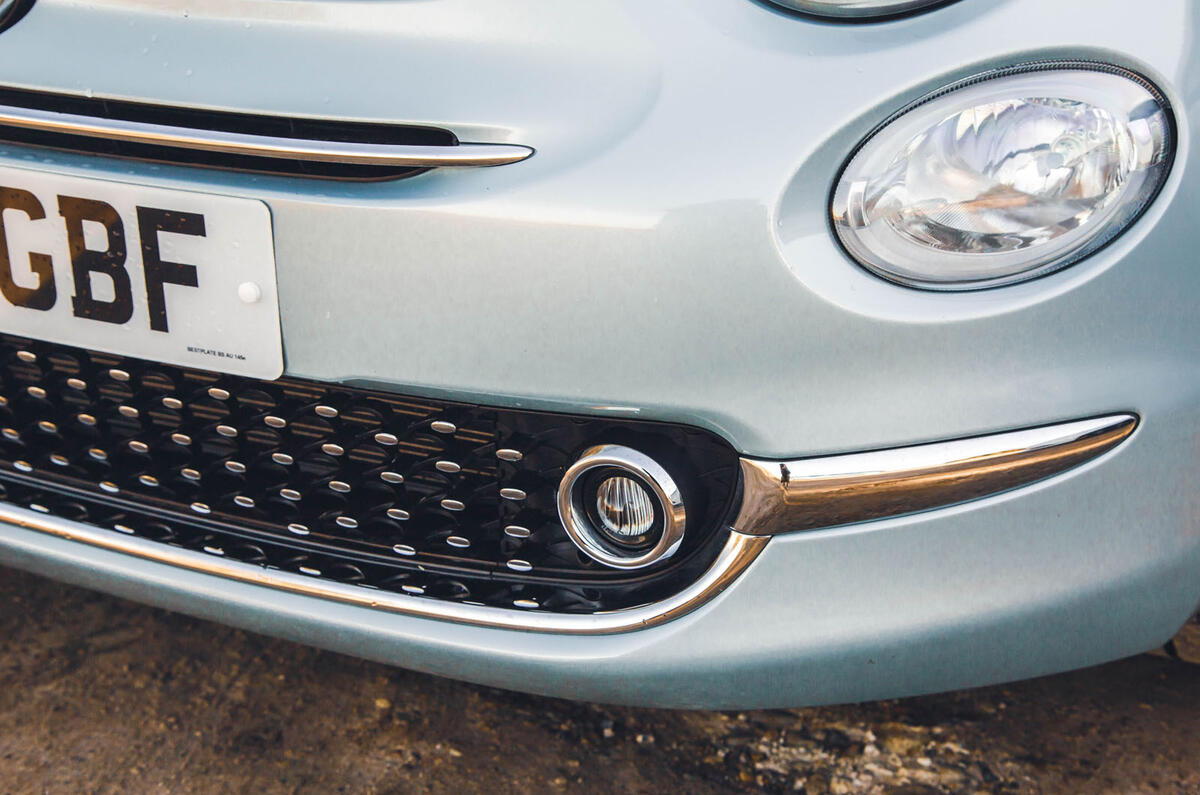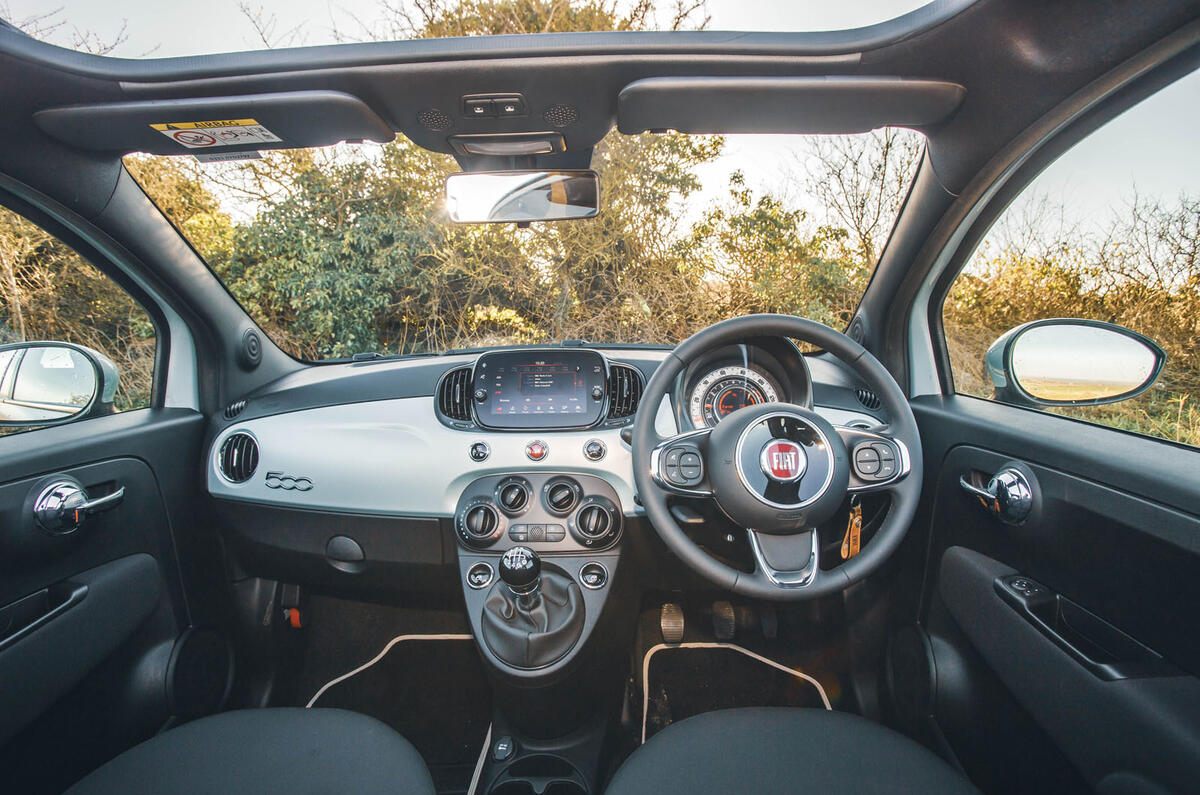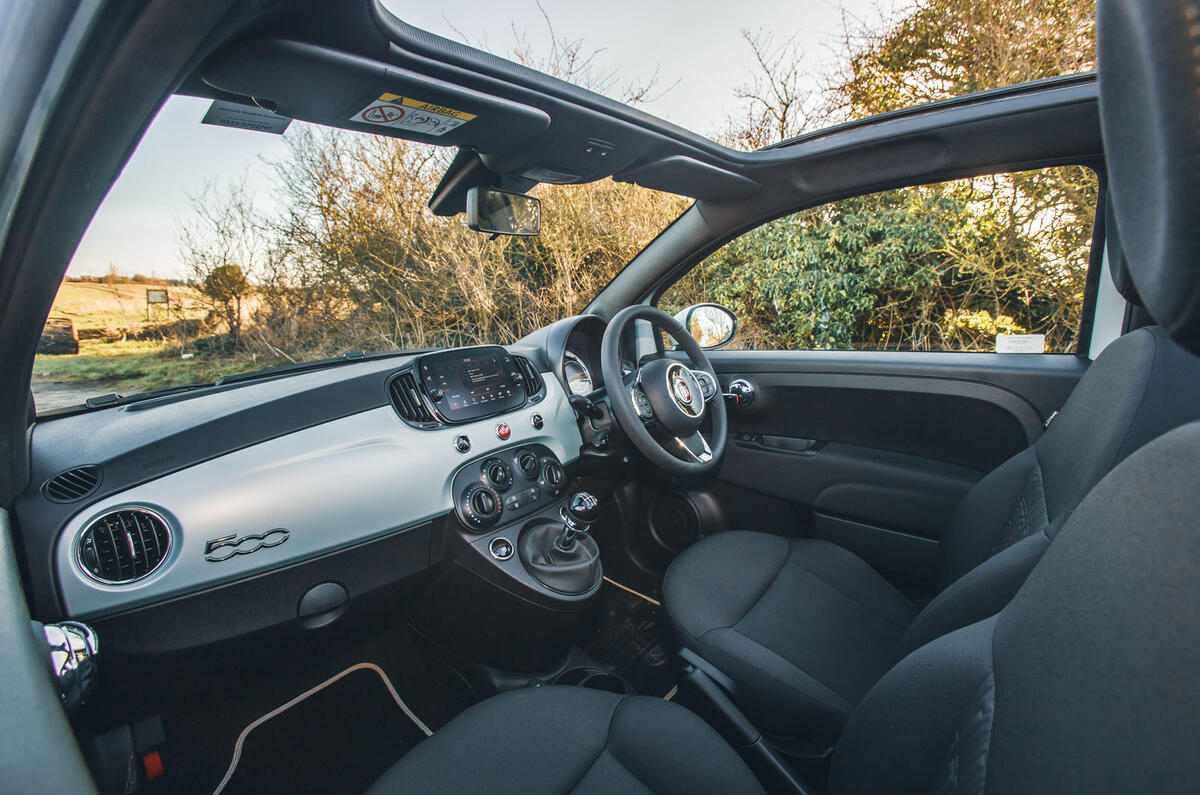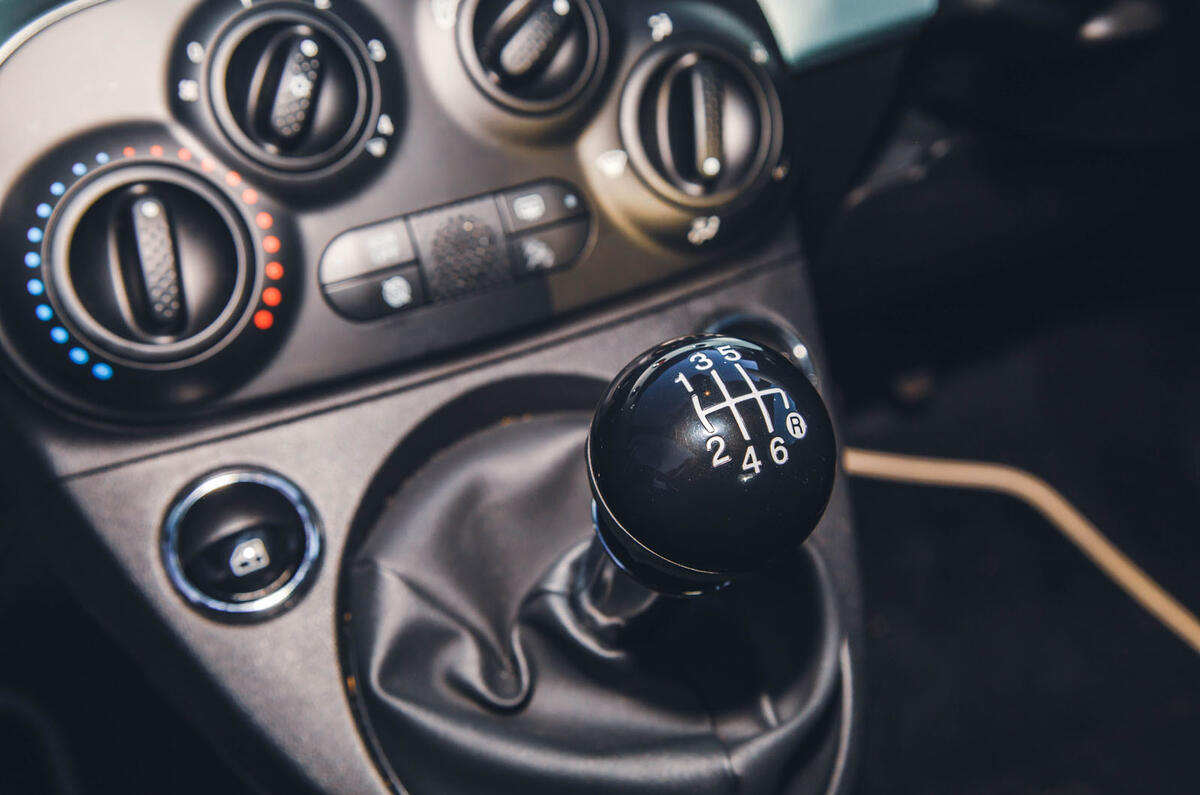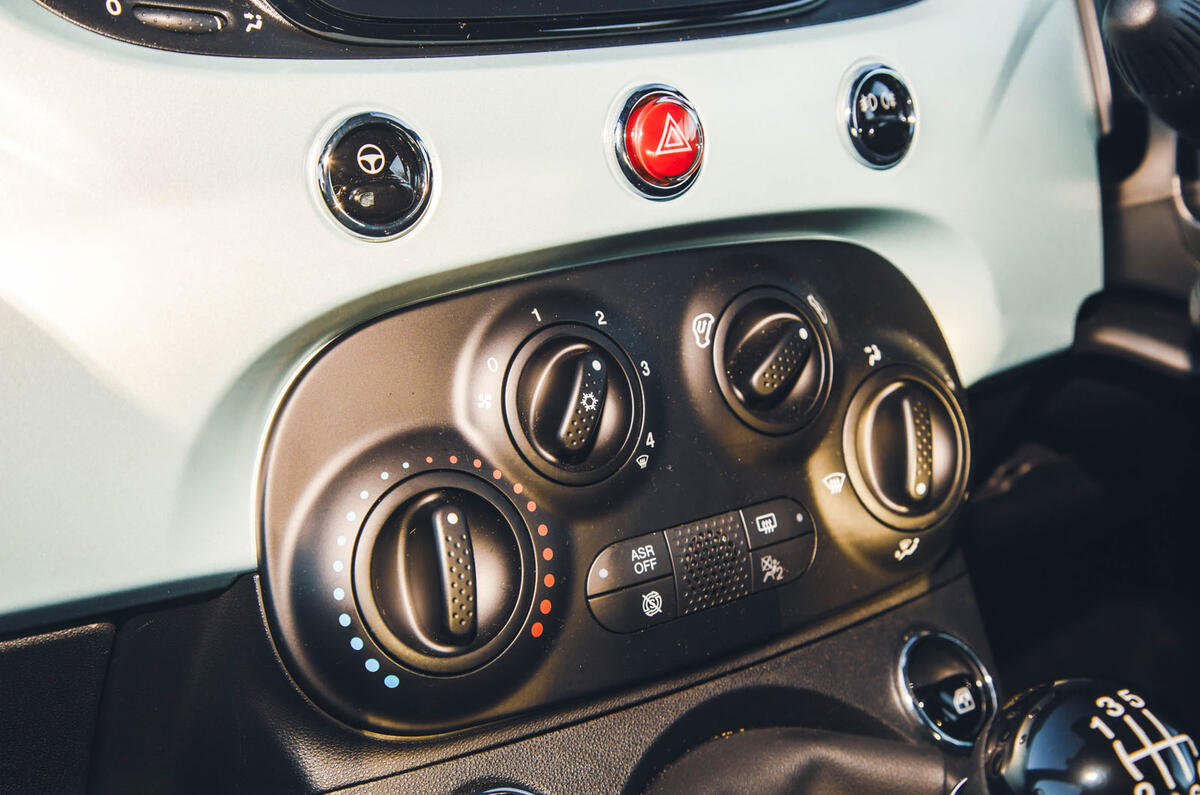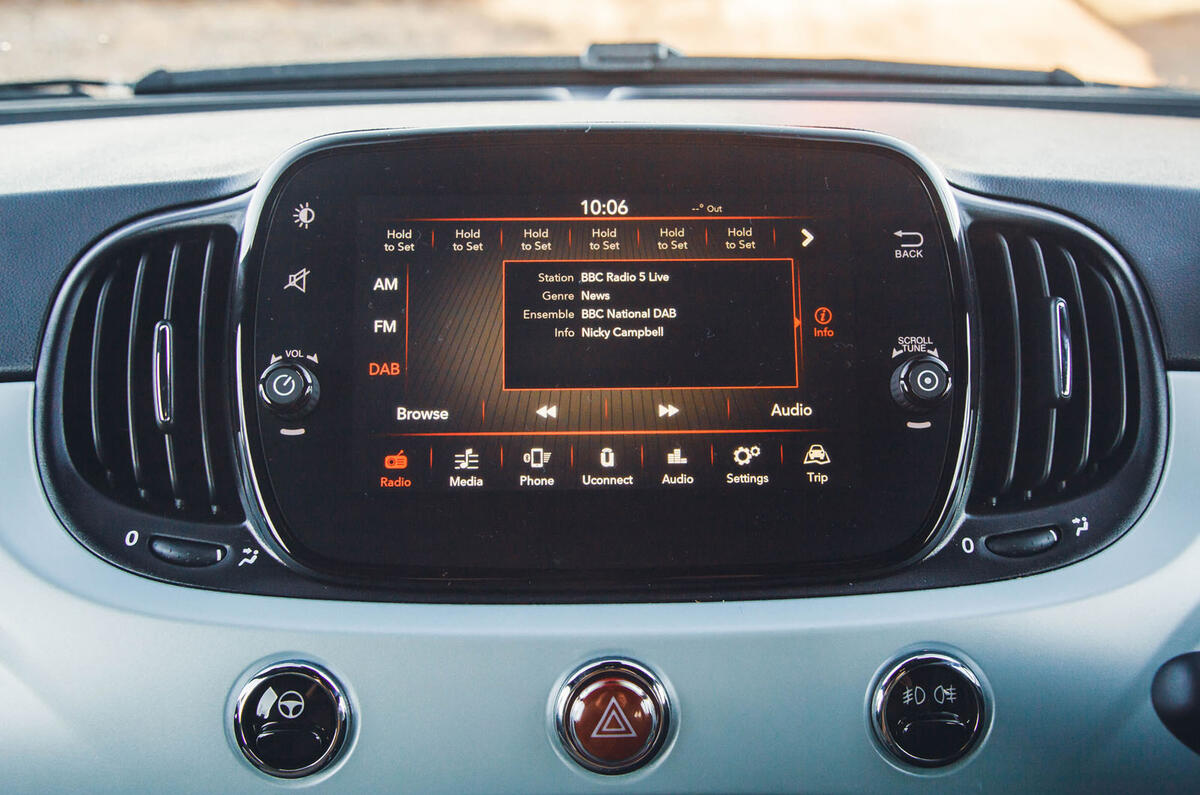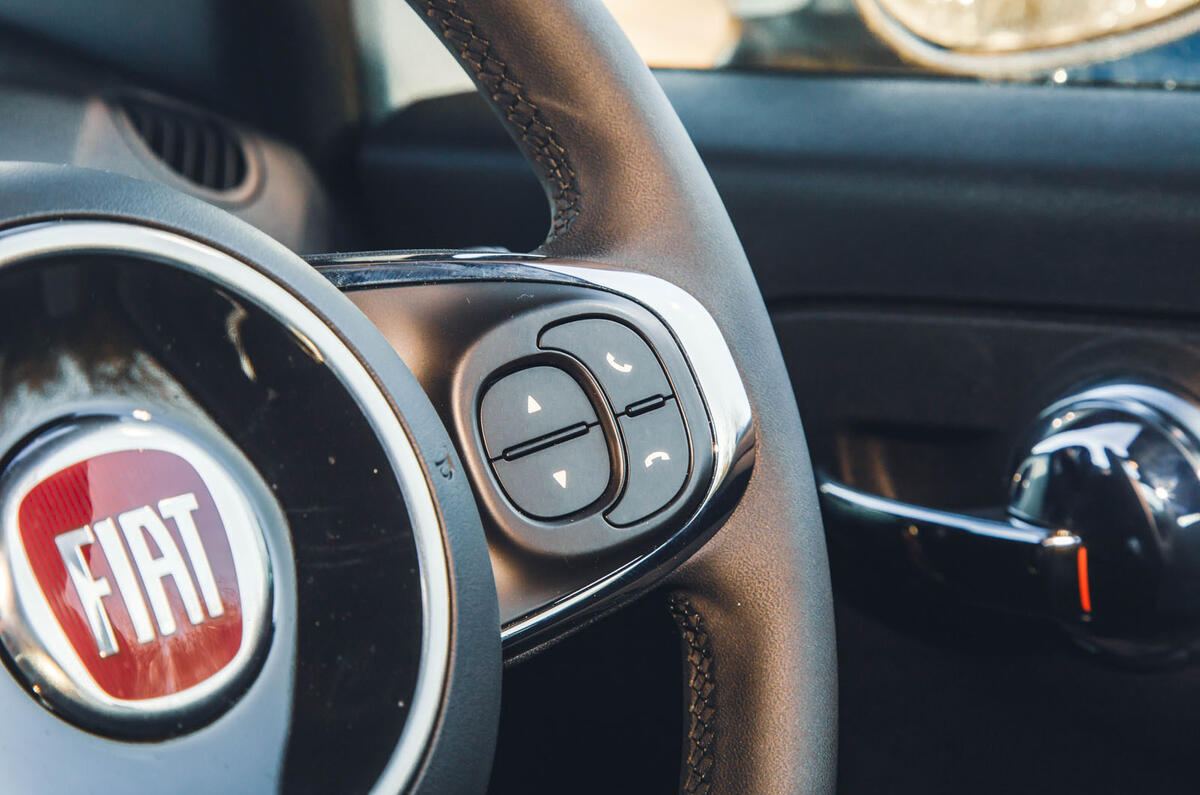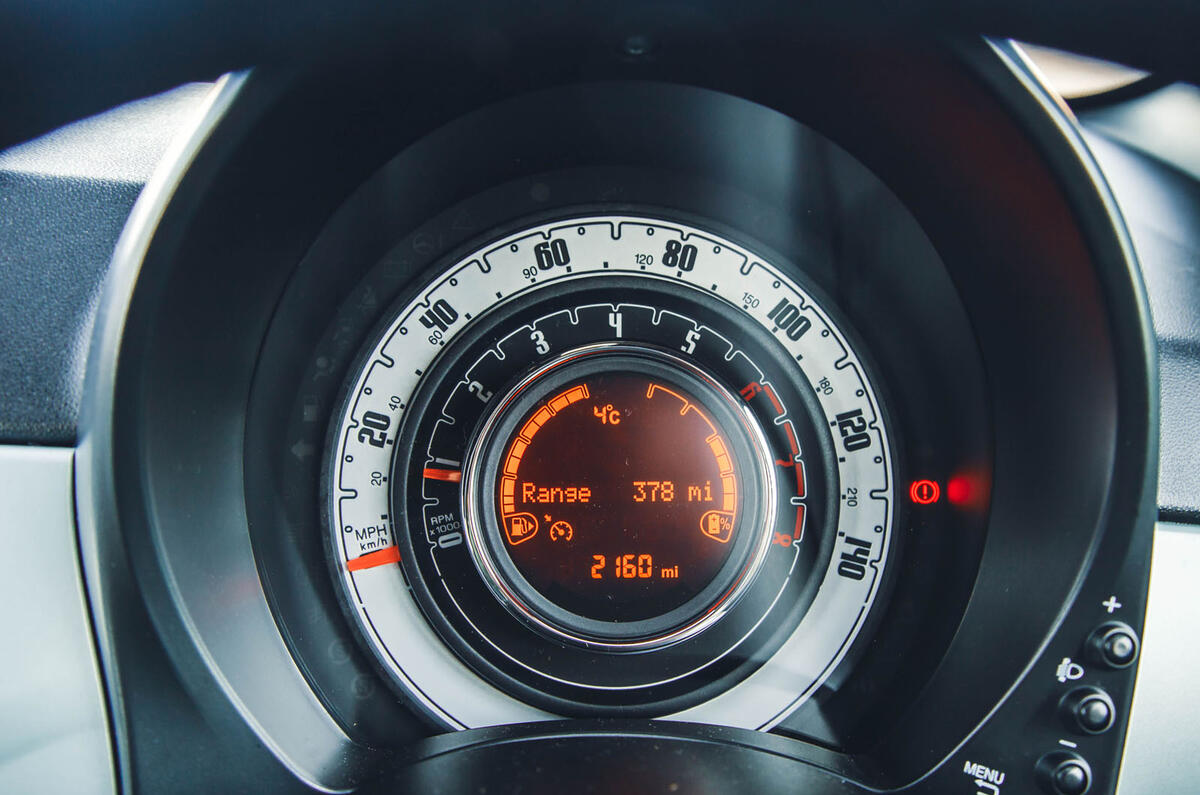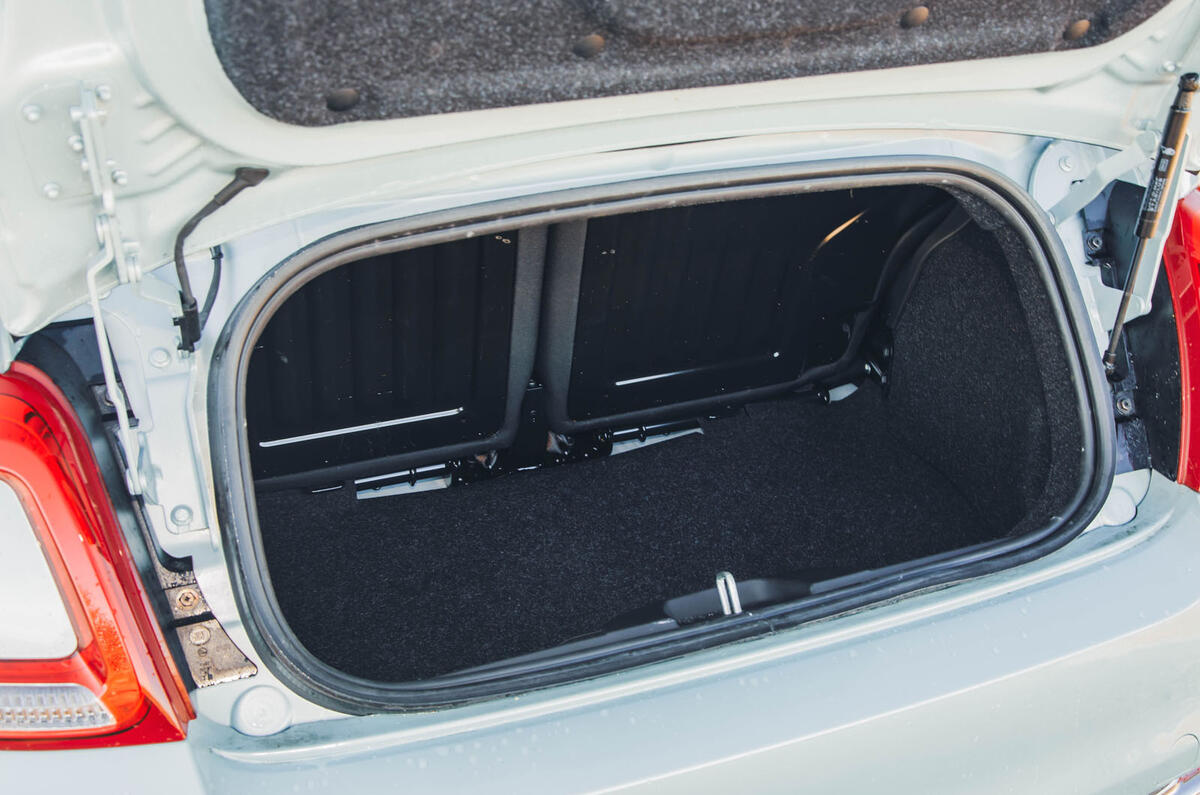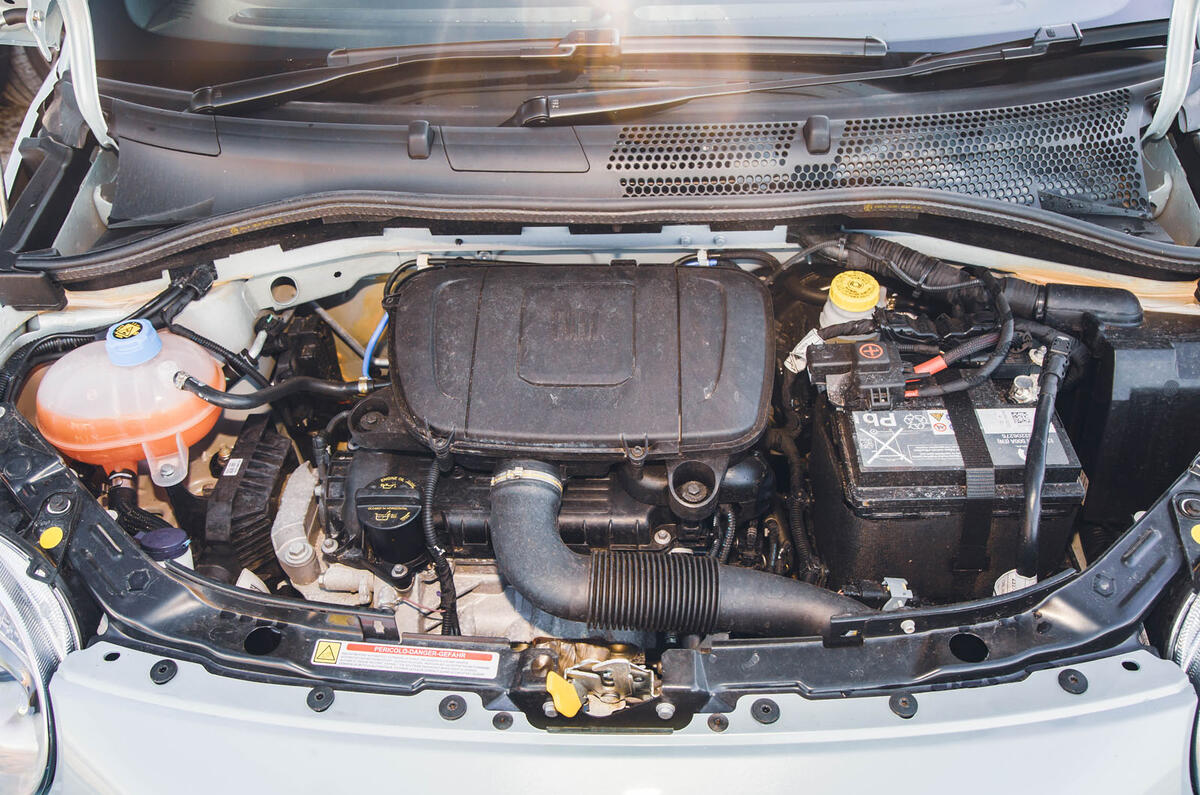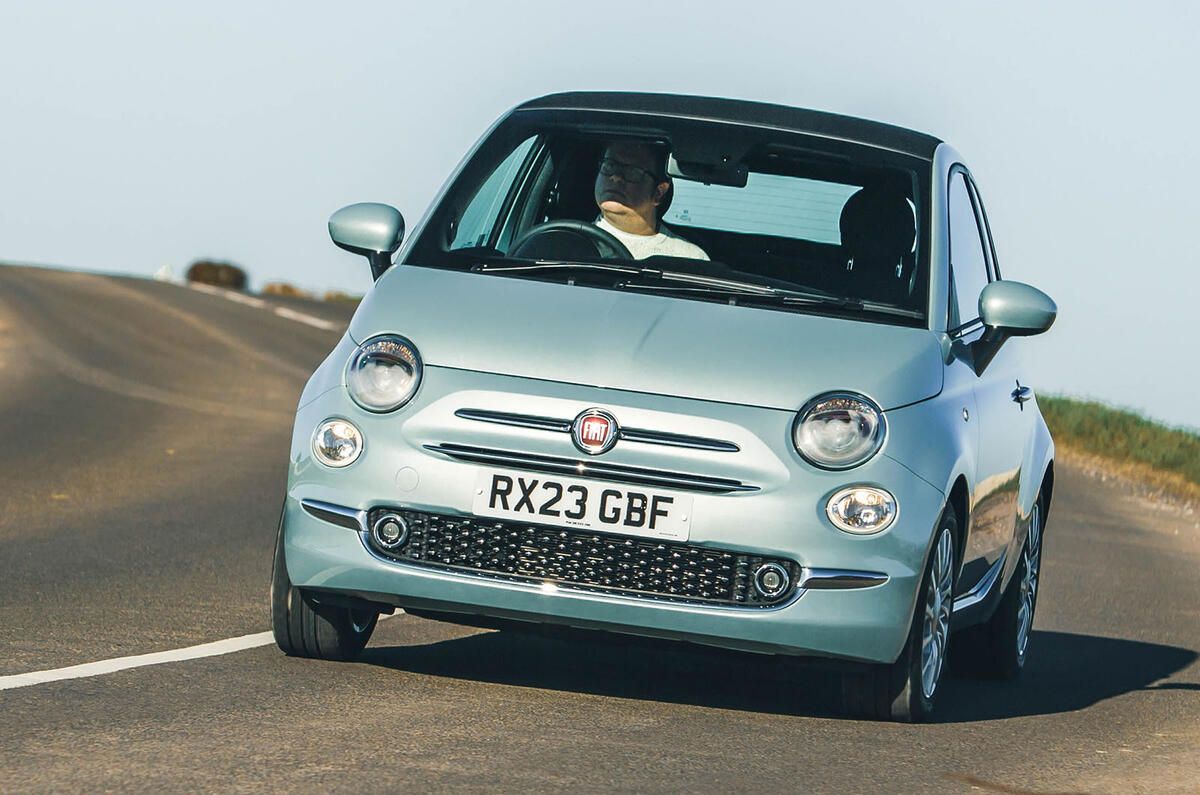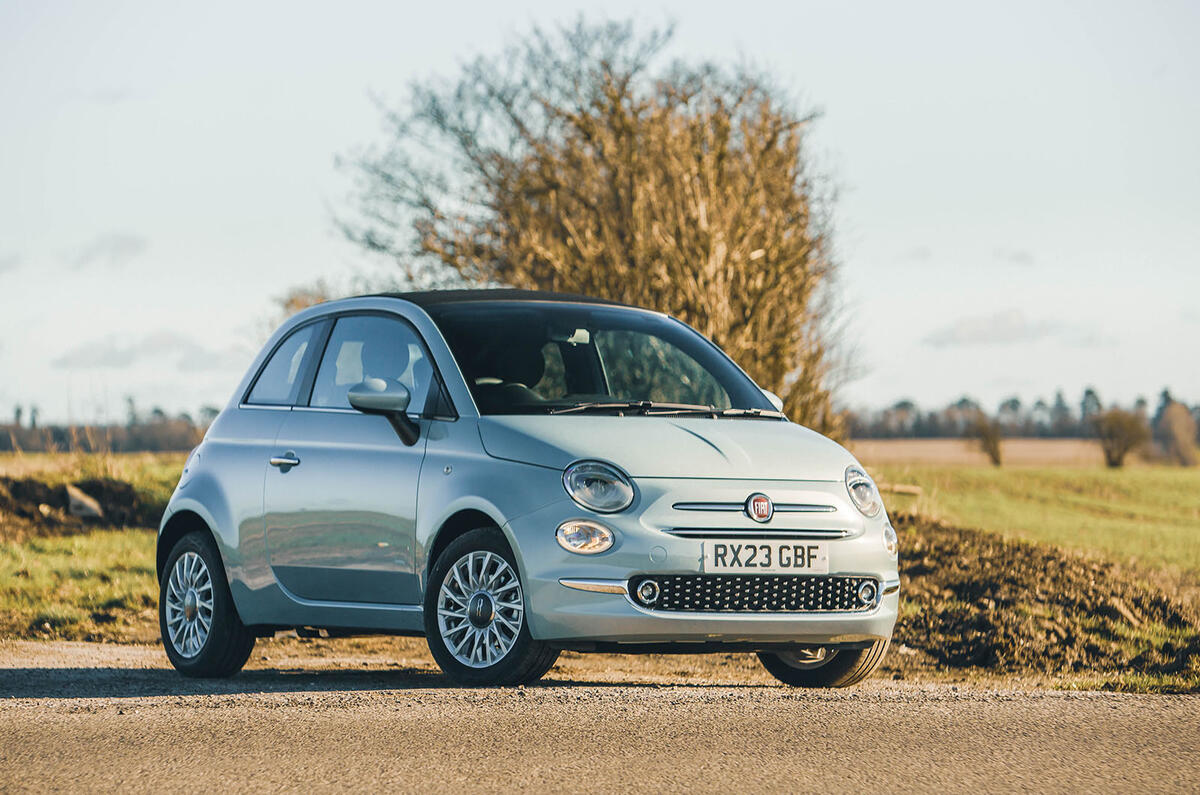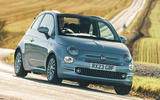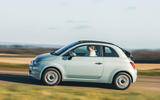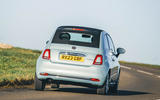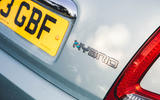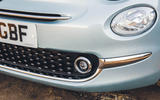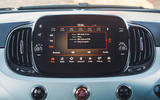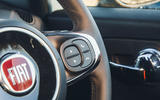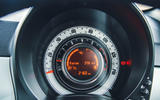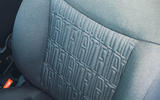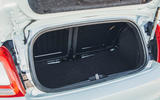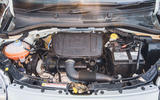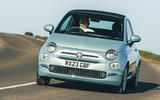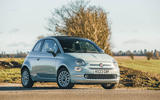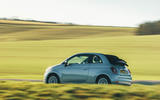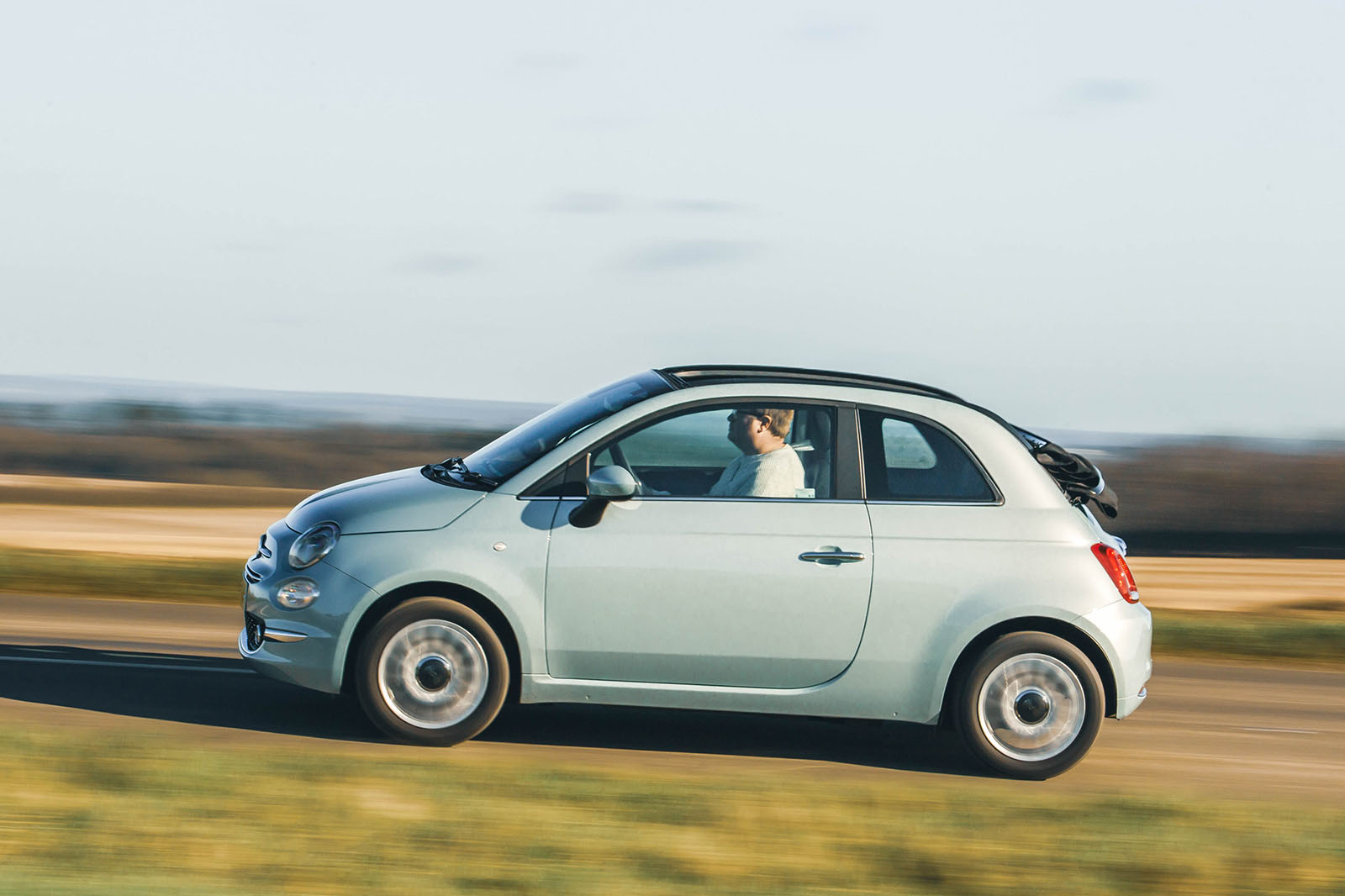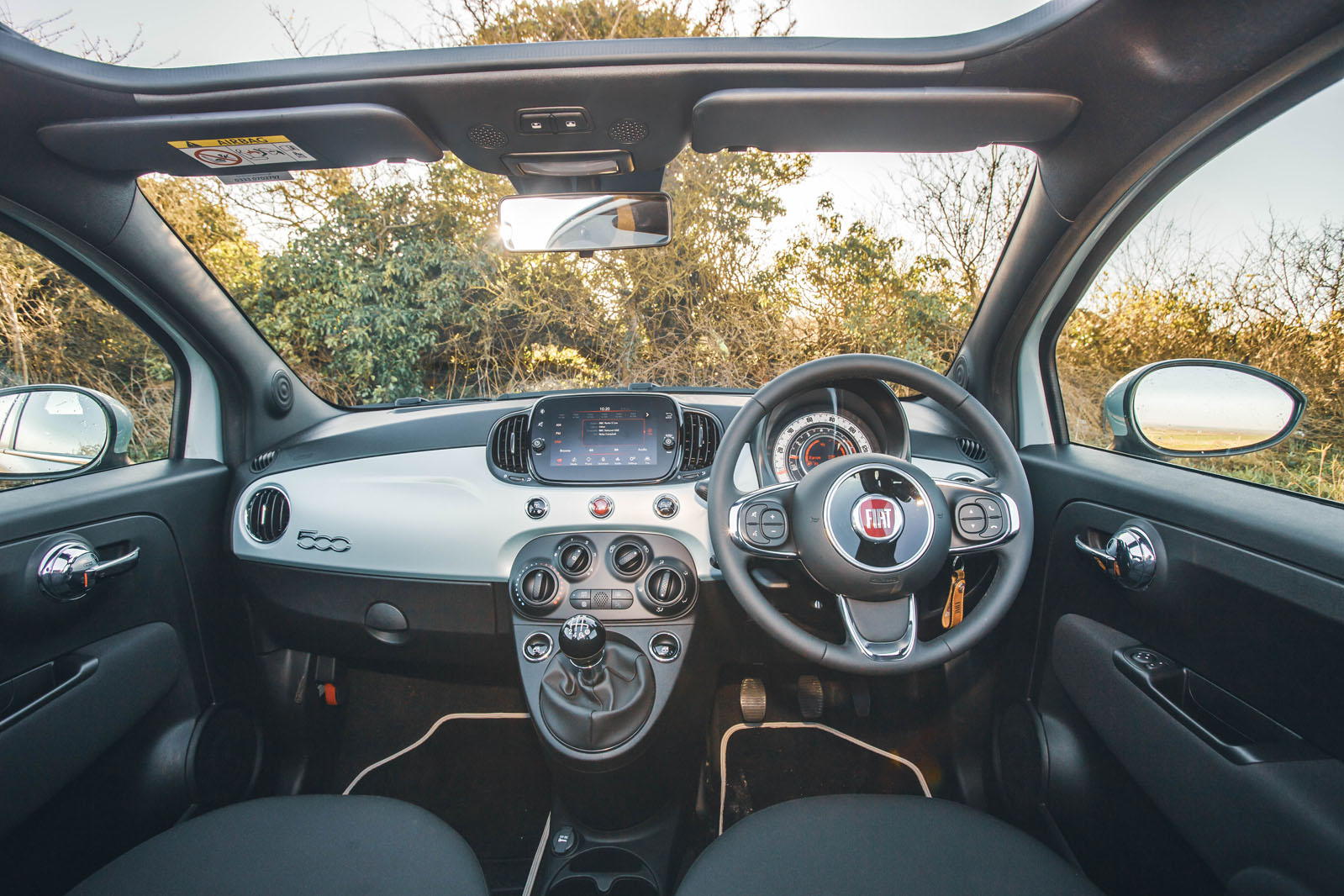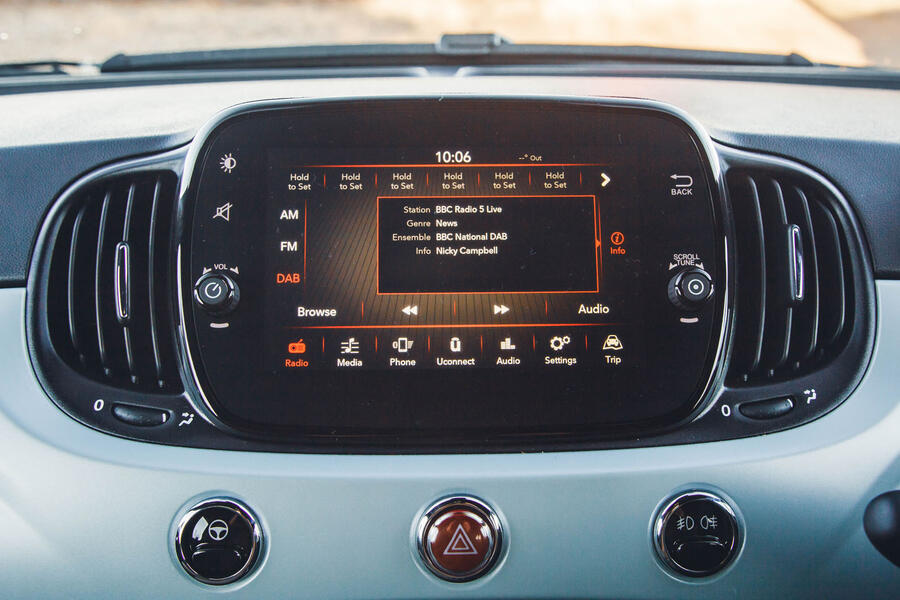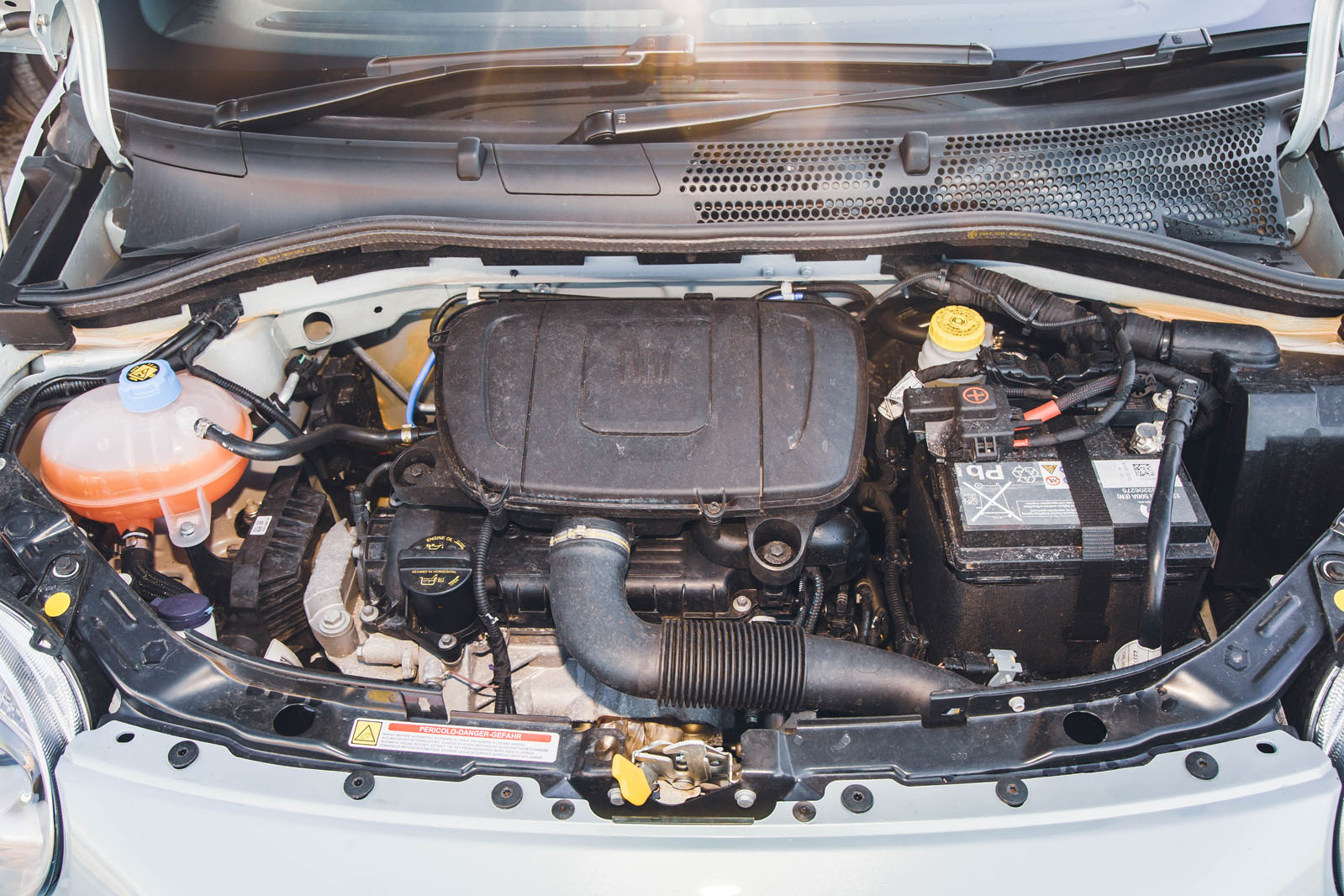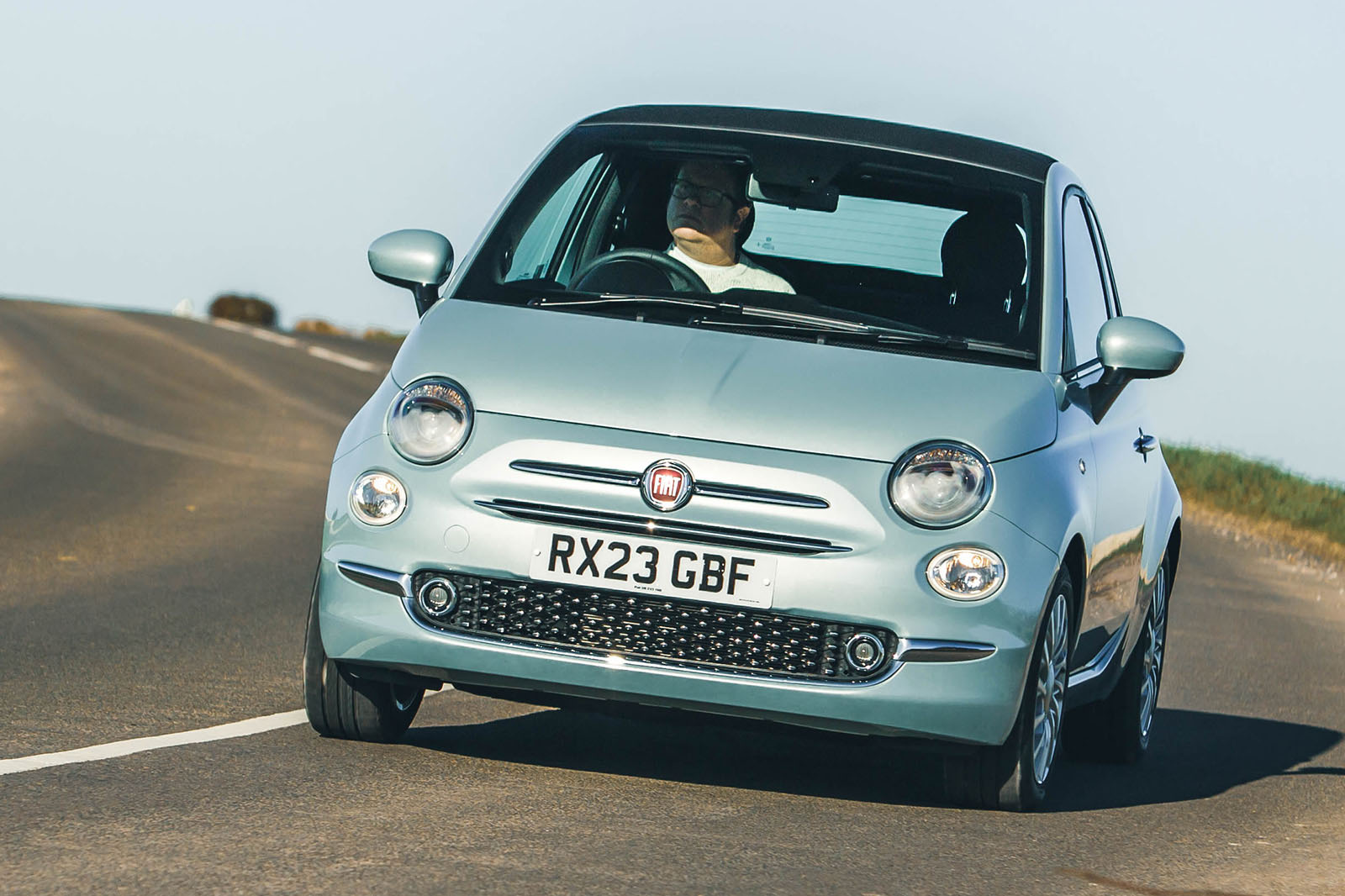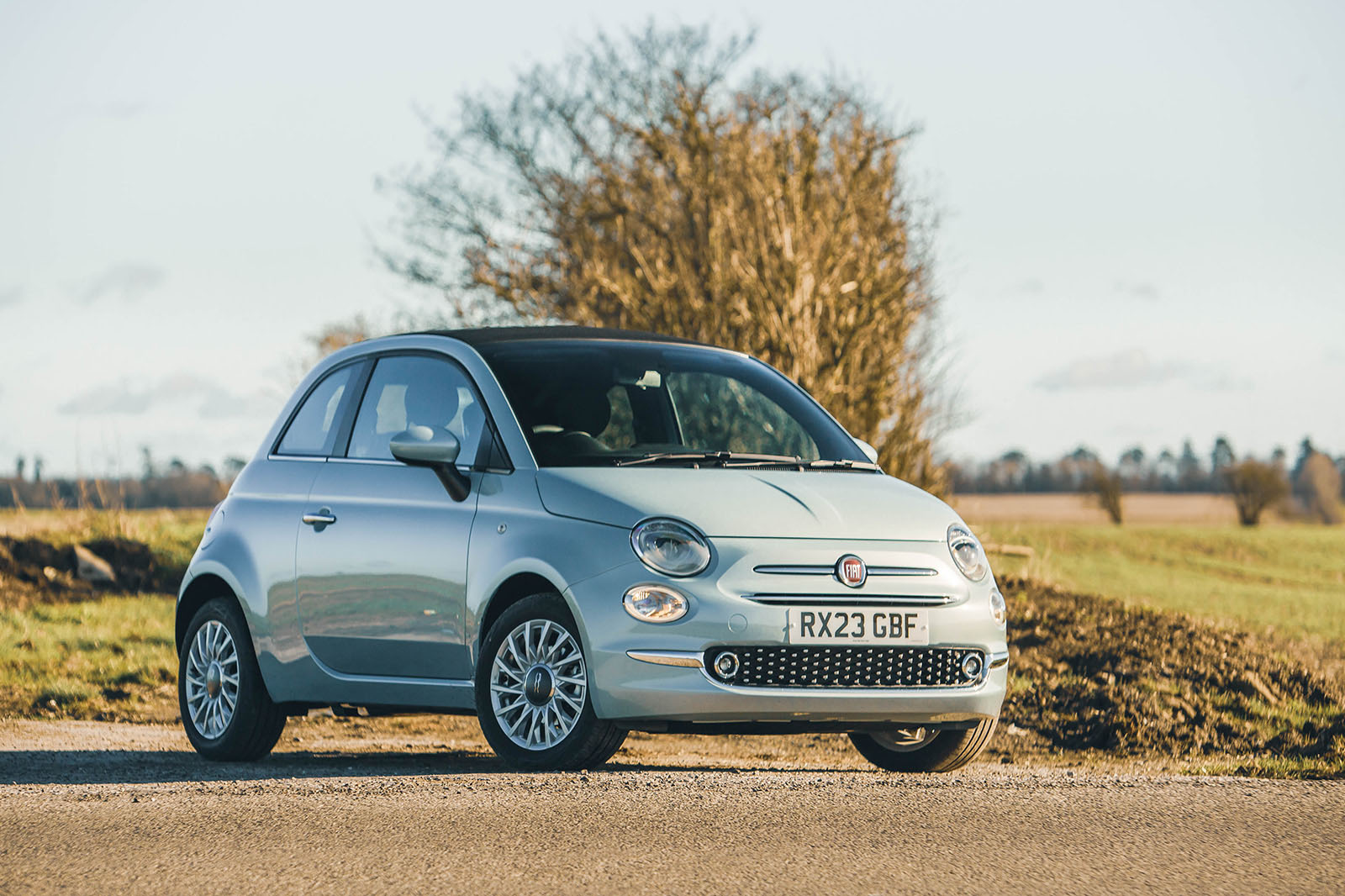Back in the mid-2000s, Fiat was on the brink of extinction as a result of dwindling sales and a model line-up that lacked any real appeal. Fiat’s boss at the time, Luca de Meo, played a masterstroke: he called on design legend Frank Stephenson, who was behind BMW’s similarly conceived Mini revival, to pen a new 500.
The result? Fiat’s salvation. The 500 turned the tide for the ailing marque, which sold more than three million examples of the car between 2008 and 2025. No wonder de Meo’s went down the retro route again, when he was CEO of the Renault Group.
The cheeky 500 was unique for not only its looks but also the endless customisation Fiat offered. Trawl through the classifieds and you will find examples finished in baby blue, mustard yellow and lipstick red. When it was new, Fiat said it could be specified in more than 549,000 different combinations, with liveries and decals available on top as options.
Pop was the entry-level trim and came with central locking, electric windows and door mirrors, as well as MP3 connectivity. Mid-spec Pop Star added air-con but we think top-spec Lounge makes the best used buy, thanks to its alloy wheels, glass sunroof and split rear seats.
It was a shame that the 500 didn’t really have the go to back up its show. The 99bhp 1.4-litre petrol (sourced from the Fiat Panda 100hp) was a little sedate and could manage only a 10.3sec sprint to 62mph. It seemed pretty content at motorway speeds, but you did have to work the engine quite hard, with peak power coming in at 6000rpm. We would have liked a little more urgency when pulling into fast-moving traffic.



